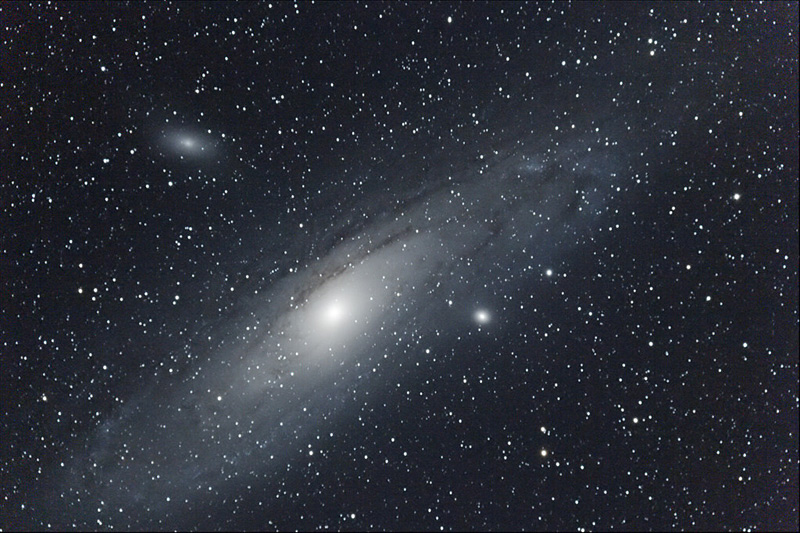Getting started in astronomy
Navigating the night sky
When looking up at the heavens, novice stargazers often feel like they are adrift in a sea of stars. There are so many that it is hard to know which way to look. Yet, the night sky is well worth discovering. Armed with a map and a bit of patience, get ready to embark upon a journey across the stars!
Start at the beginning
There are many handy resources for beginners who want to learn more about astronomy:
- Observation guides, sky maps and star charts are excellent references for discovering the sky. They help beginners identify the constellations and find fainter objects, which often are not visible to the naked eye. Astronomy manuals and sky atlases generally provide highly detailed information about popular heavenly bodies, whereas star charts, also known as planispheres, are a more compact resource that are easy to use during observation sessions. A sky chart is like a treasure map: it marks the location of breathtaking celestial objects!
- The Internet is a gold mine for both beginners and skilled amateur astronomers. There are many astronomy sites designed specifically for novices. They provide a plethora of practical observation tips for every level. The Web has many blogs and virtual communities dedicated to amateur astronomy that discuss the experiences of amateur astronomers from around the world. Chat sites are also useful, as anyone can ask a question online and obtain a quick answer. Have a look at the Internet sites listed below.
- There's nothing better than talking to other amateur astronomers to delve even deeper. Local astronomy clubs are open to the public and are always looking for new members. Visit the Astronomy North, Royal Astronomical Society of Canada (RASC) and Fédération des astronomes amateurs du Québec (FAAQ) (French only) websites to find the nearest one. Join a group to share discoveries and tips. Many clubs also give classes for beginners. Experienced amateur astronomers will gladly offer guidance.

Photo montage showing the eight planets of the Solar System. (Credit: NASA-JPL)
Tips for observing like a pro
- Dress warmly! This is the key to having a successful observation night. Even in the summer, it can get very cool at night. Bring extra blankets, and perhaps a thermos full of hot chocolate to help you warm up.
- Use a reclining chair. It's more comfortable than lying on the ground and it makes a greater portion of the sky visible for finding and identifying constellations. A clipboard can be useful to jot down notes.
- Use a red light, not a white one. Red light is less blinding in the dark. Simply cover your flashlight with a red transparency sheet or a red balloon.
- Go to a dark site. City lights drown out the fainter stars and meteors. This phenomenon is called light pollution.
- Check the observation conditions in advance. Consult satellite images provided by Environment Canada and Clear Sky Charts for weather forecasts.
- Unless the Moon is your main focus, choose nights when it is barely or not visible (crescent or new Moon). The Moon lights up too much of the sky when it is gibbous, quarter or full, preventing us from seeing fainter stellar objects.
- If staying comfortably indoors seems like a better option, visit the Canadian Space Agency's Internet site to admire the Northern Lights online. Starting in mid-September 2009, live colour images will be broadcast from the AuroraMAX Observatory in Yellowknife. Weather permitting, the Canadian Space Agency's observatory in Quebec will also broadcast live images of celestial objects.

The Andromeda Galaxy is the closes galaxy to our own, the Milky Way. With a pair of binoculars or a small telescope, you can see its spiral arms. (Credit: Robert Saint-Jean)

The open star cluster of the Pleiades is visible to the naked eye in the Taurus constellation. The cluster's brightest stars are named after the Seven Sisters in the Greek mythology. (Credit: Robert Saint-Jean)
A few handy online resources
- Discover the universe
- Astronomy North
- La porte aux étoiles (French only)
- Royal Astronomical Society of Canada (RASC)
- Fédération des astronomes amateurs du Québec (FAAQ) (French only)
- The Night Sky Guy